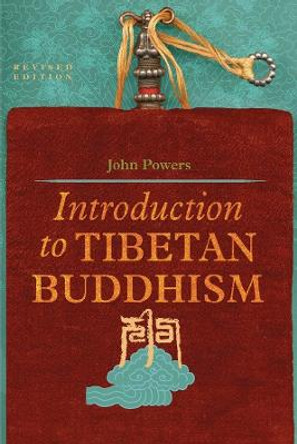The Tibetan Buddhist tradition has known over thirteen centuries of continuous development. During that time, it has spread among the neighboring peoples - the Mongol, Himalayan, and Siberian peoples, Manchus and Chinese. At its height is has been practiced in regions as far west as the Volga river and to the east in Beijing. Its capacity for creative adaptation is demonstrated by its recent growth in Europe and America. At the same time, it is at the center of political contestation in ethnically Tibetan regions of China, while its best known exponent, the Dalai Lama, has become one of the most admired religious leaders in the world today. But what does this religion teach? Just what is the position of the Dalai Lama, and how will his succession be assured? Is it true that Tibetan Buddhism in entirely suppressed in China? Scholar Matthew Kapstein offers a brief account responding to these questions and more in this Very Short Introduction, in terms that are accessible to students, general readers, journalists, and others who are curious to learn the most essential features of Tibetan Buddhist history, teachings, and practice. About the Series: Oxford's Very Short Introductions series offers concise and original introductions to a wide range of subjects--from Islam to Sociology, Politics to Classics, Literary Theory to History, and Archaeology to the Bible. Not simply a textbook of definitions, each volume in this series provides trenchant and provocative--yet always balanced and complete--discussions of the central issues in a given discipline or field. Every Very Short Introduction gives a readable evolution of the subject in question, demonstrating how the subject has developed and how it has influenced society. Eventually, the series will encompass every major academic discipline, offering all students an accessible and abundant reference library. Whatever the area of study that one deems important or appealing, whatever the topic that fascinates the general reader, the Very Short Introductions series has a handy and affordable guide that will likely prove indispensable. ABOUT THE SERIES: The Very Short Introductions series from Oxford University Press contains hundreds of titles in almost every subject area. These pocket-sized books are the perfect way to get ahead in a new subject quickly. Our expert authors combine facts, analysis, perspective, new ideas, and enthusiasm to make interesting and challenging topics highly readable.
About the AuthorDirector of Studies, Tibetan Religions, Ecole Pratique des Hautes Etudes, The Sorbonne and Numata Visiting Professor, The Divinity School, University of Chicago
Reviews"A splendidly lucid and insightful account of Tibetan Buddhism. The book surveys the full spectrum of religious ideas, culture, and practices, from everyday ritual to rarified philosophical doctrine and yogic states, all situated in their historical contexts and studded with clarifying charts and choice excerpts from the original texts. The perfect overview for layman and specialist alike." --Janet Gyatso, Hershey Professor of Buddhist Studies, The Divinity School, Harvard University
Book InformationISBN 9780199735129
Author Matthew T. KapsteinFormat Paperback
Page Count 152
Imprint Oxford University Press IncPublisher Oxford University Press Inc
Weight(grams) 140g
Dimensions(mm) 173mm * 115mm * 10mm










